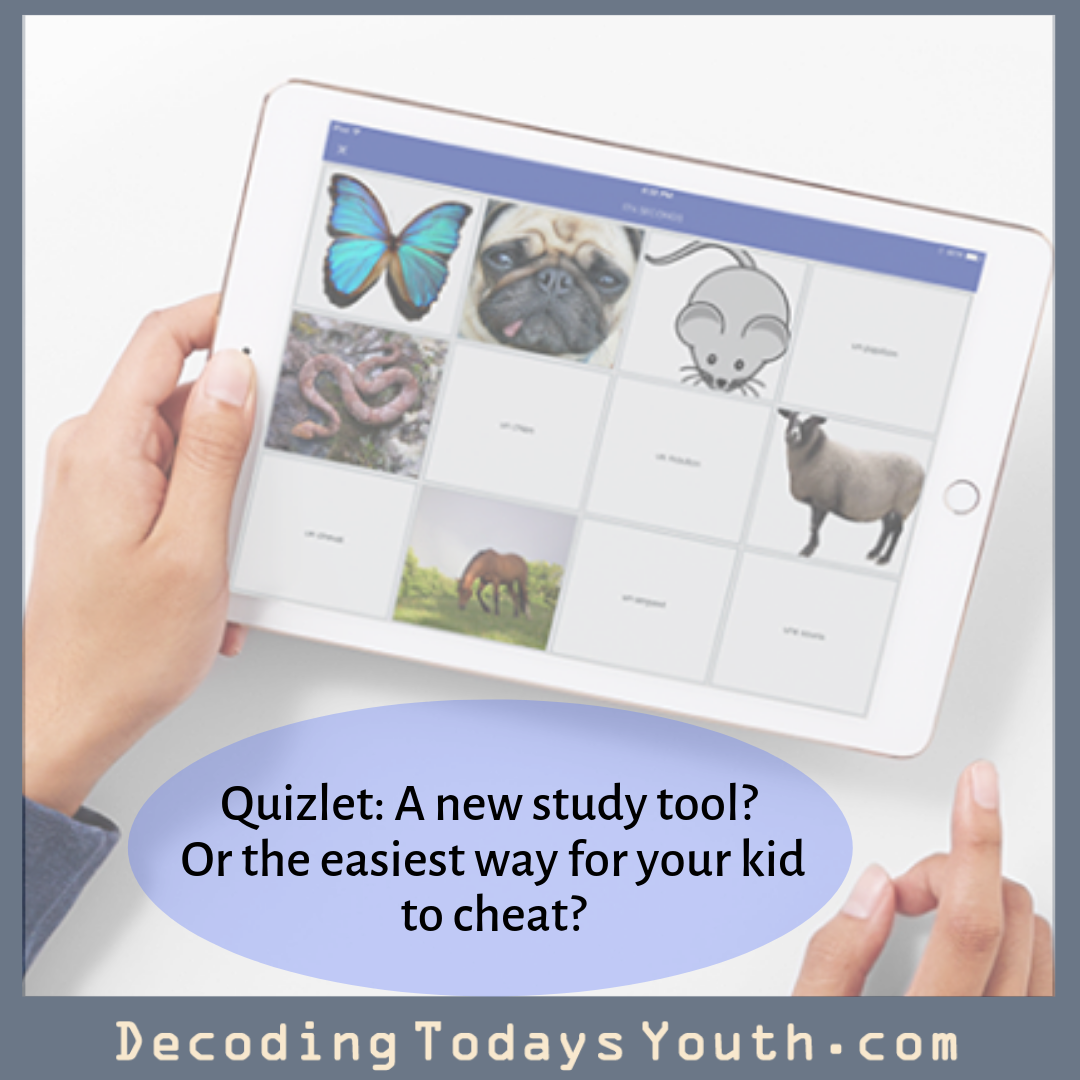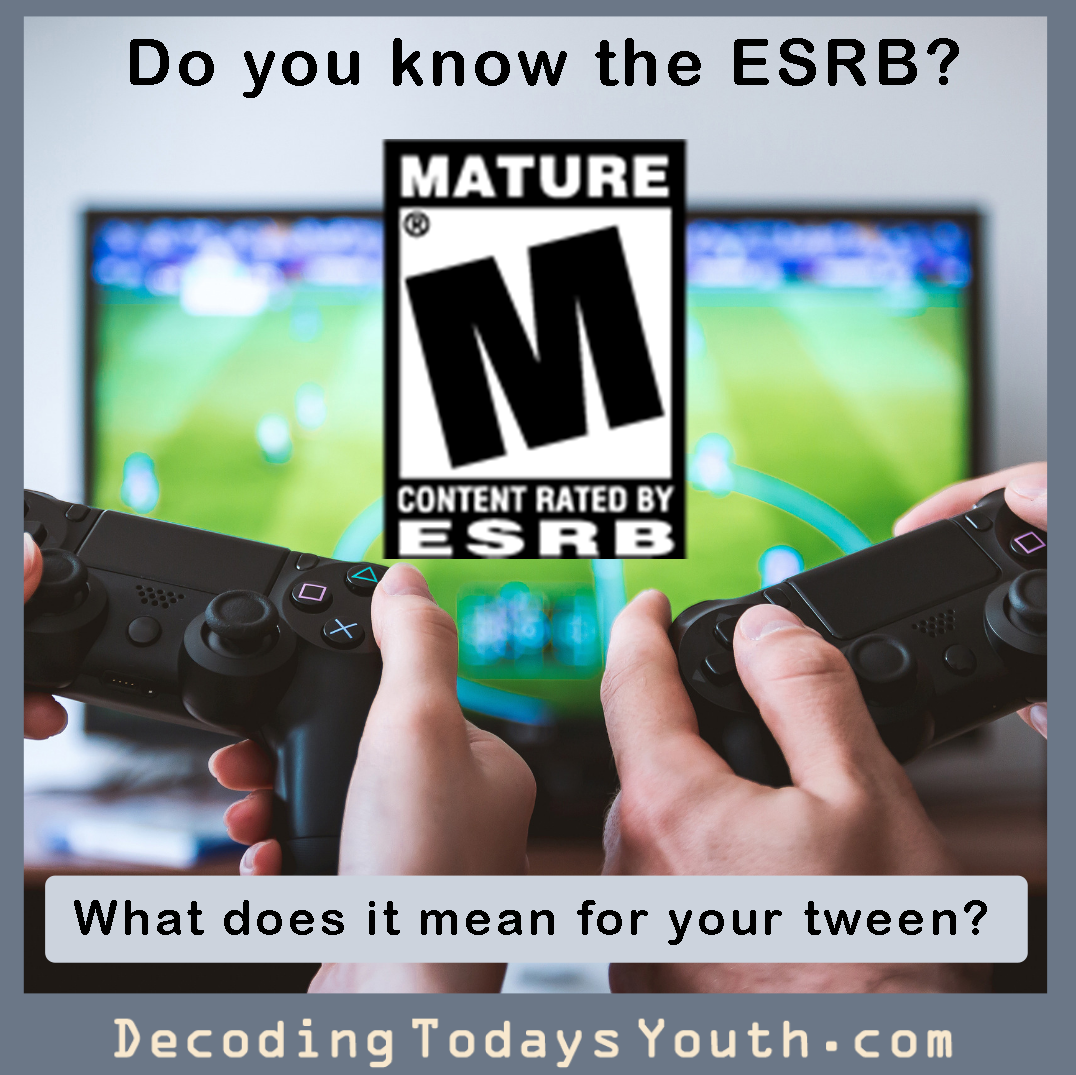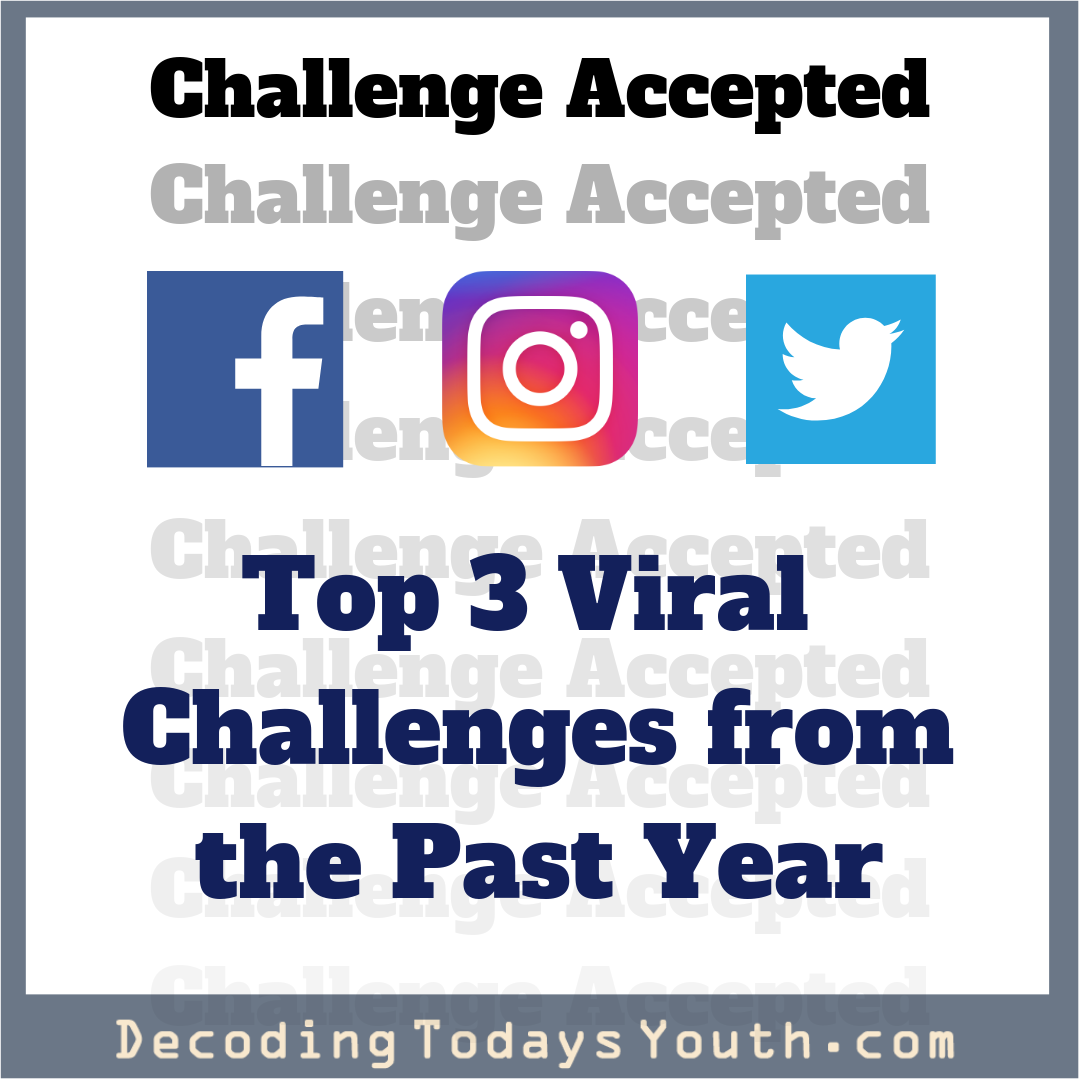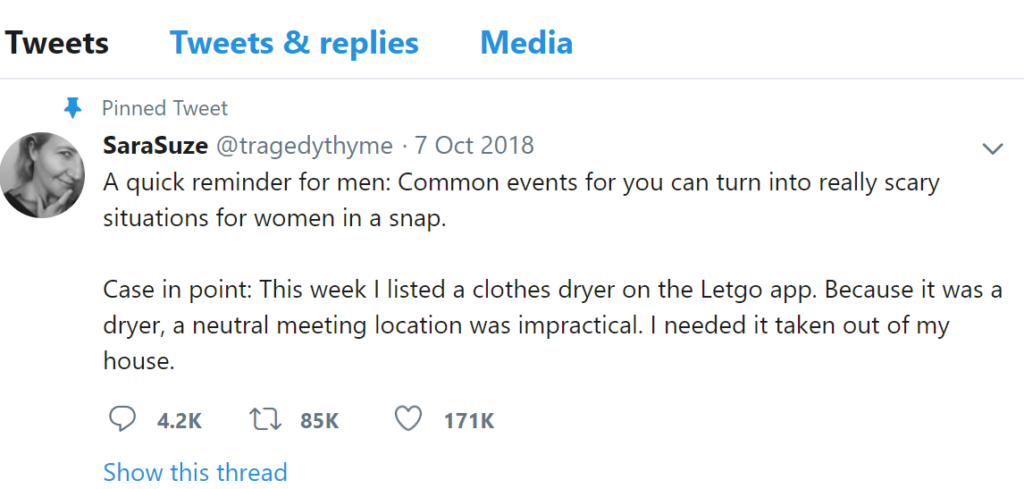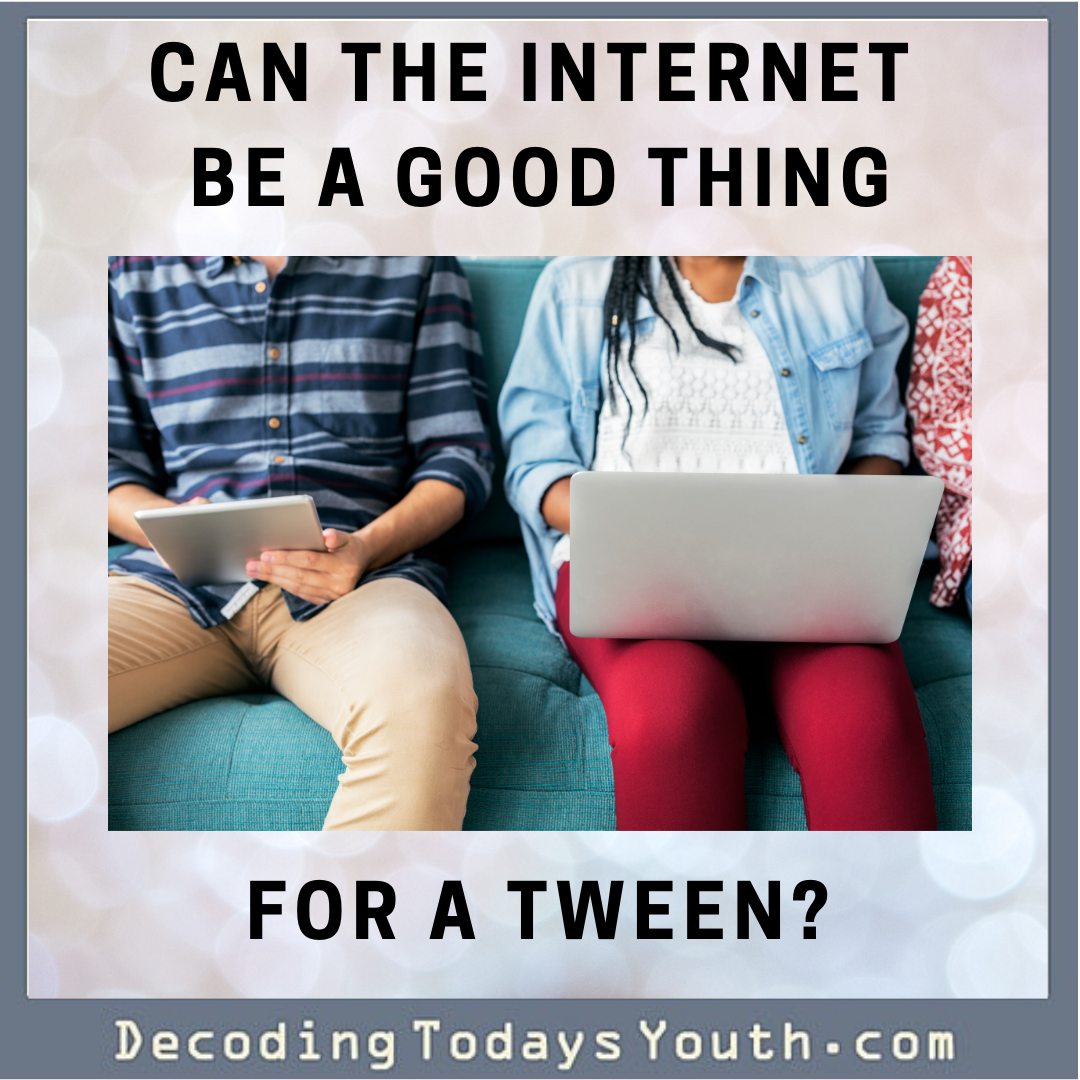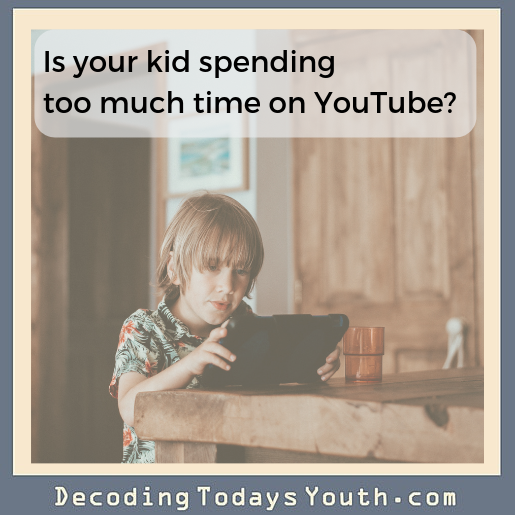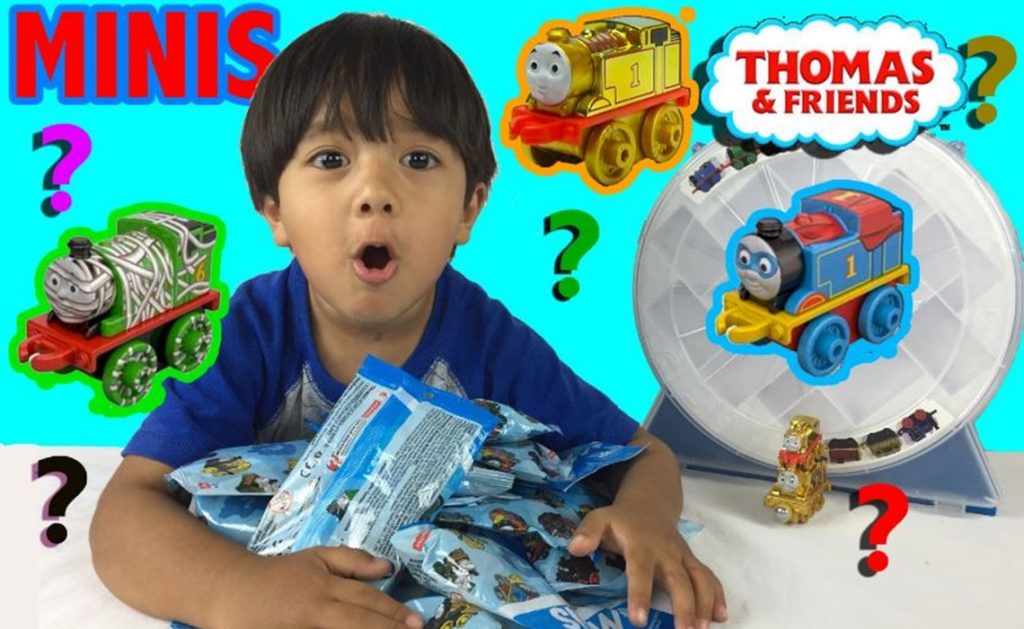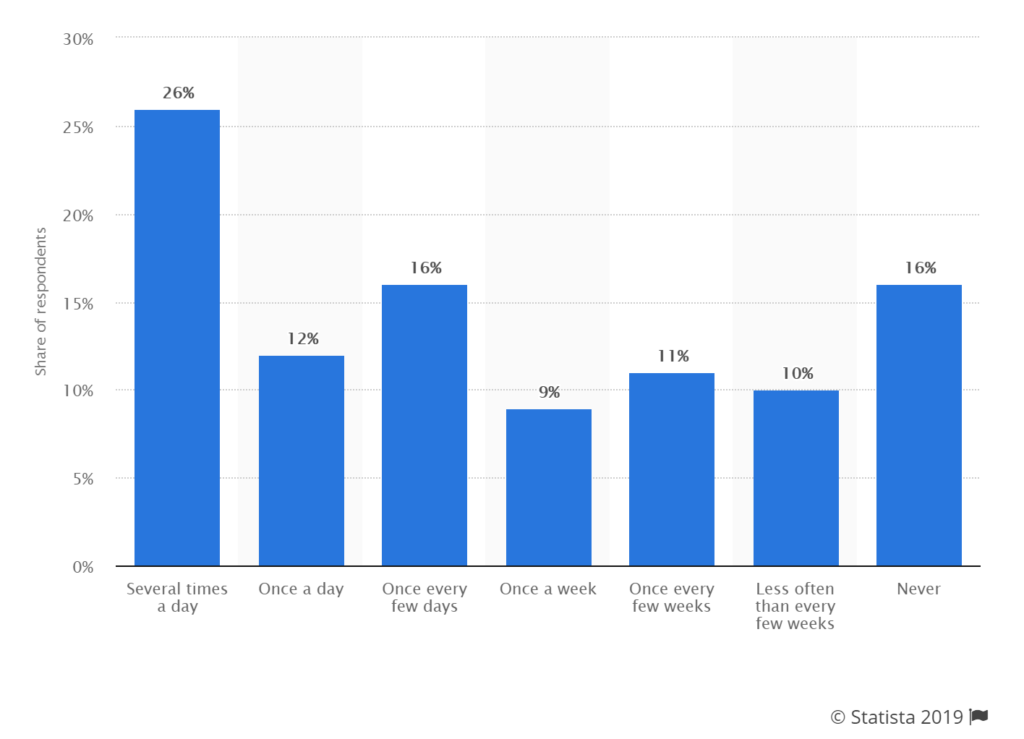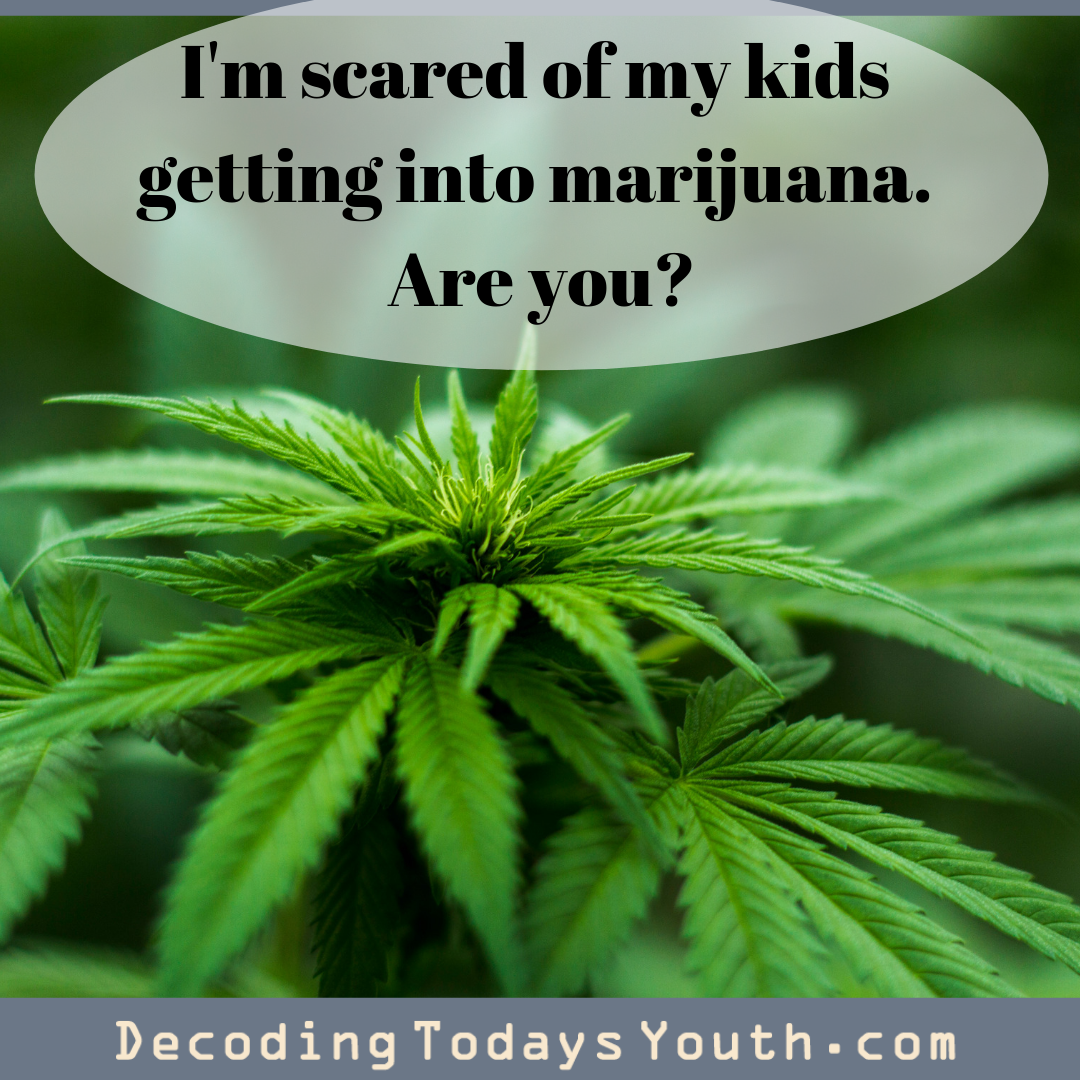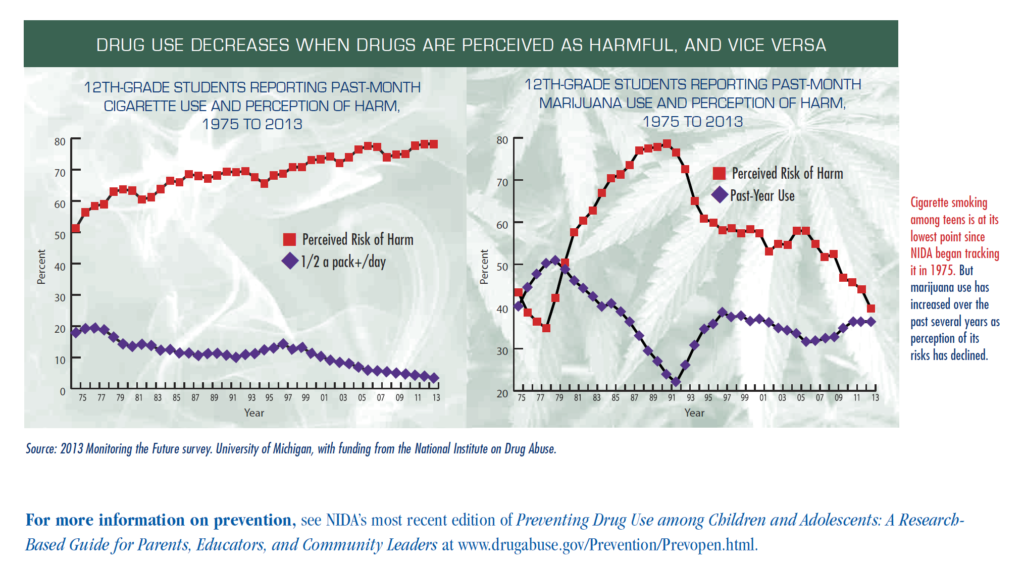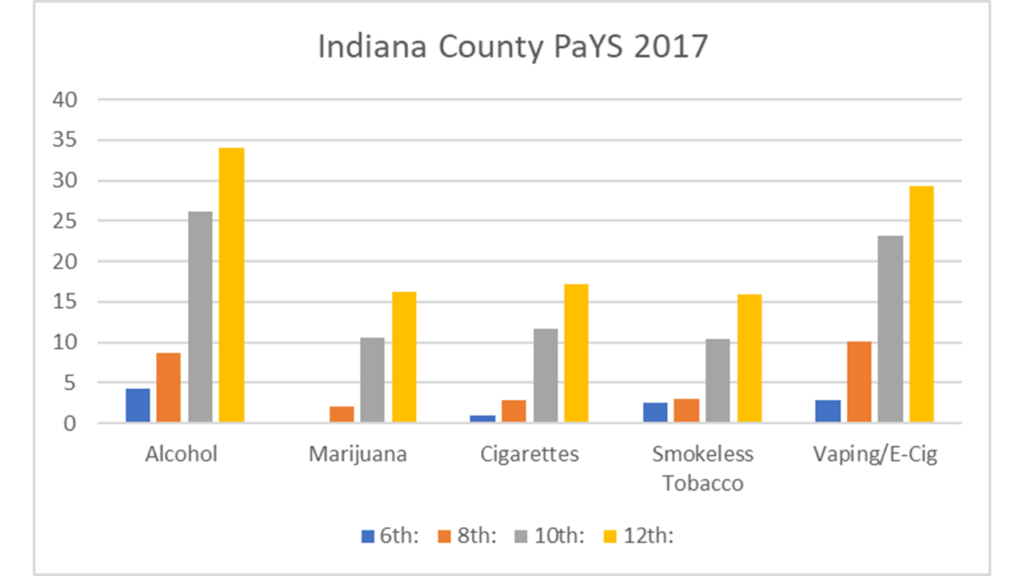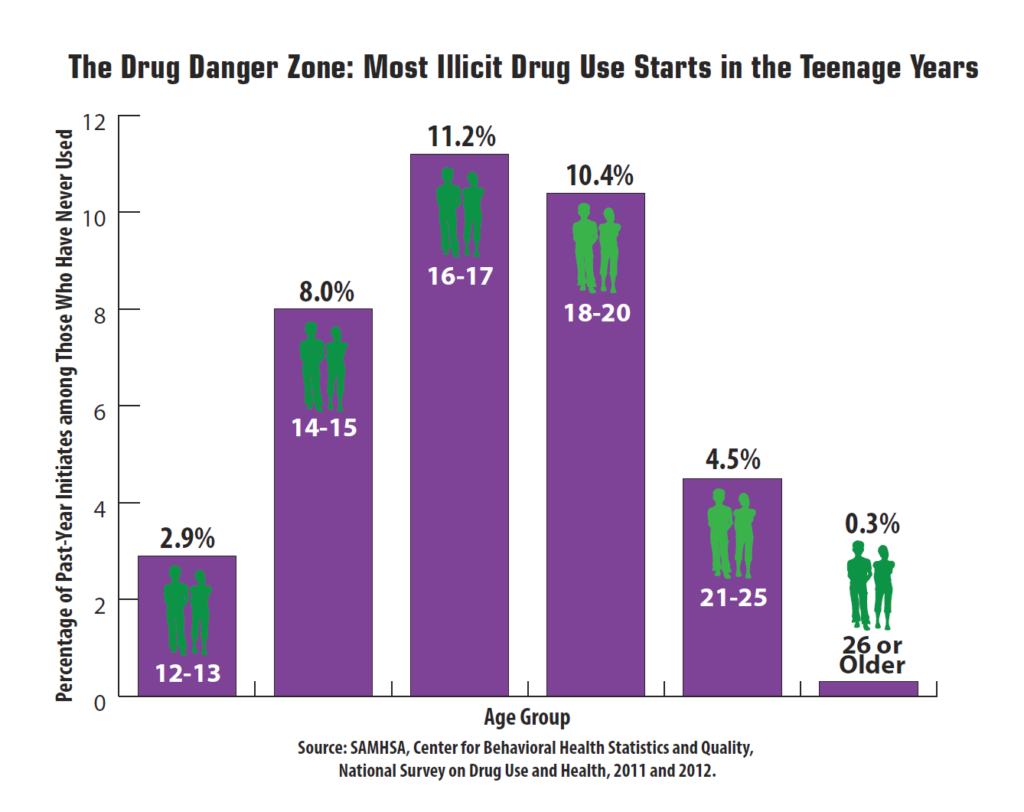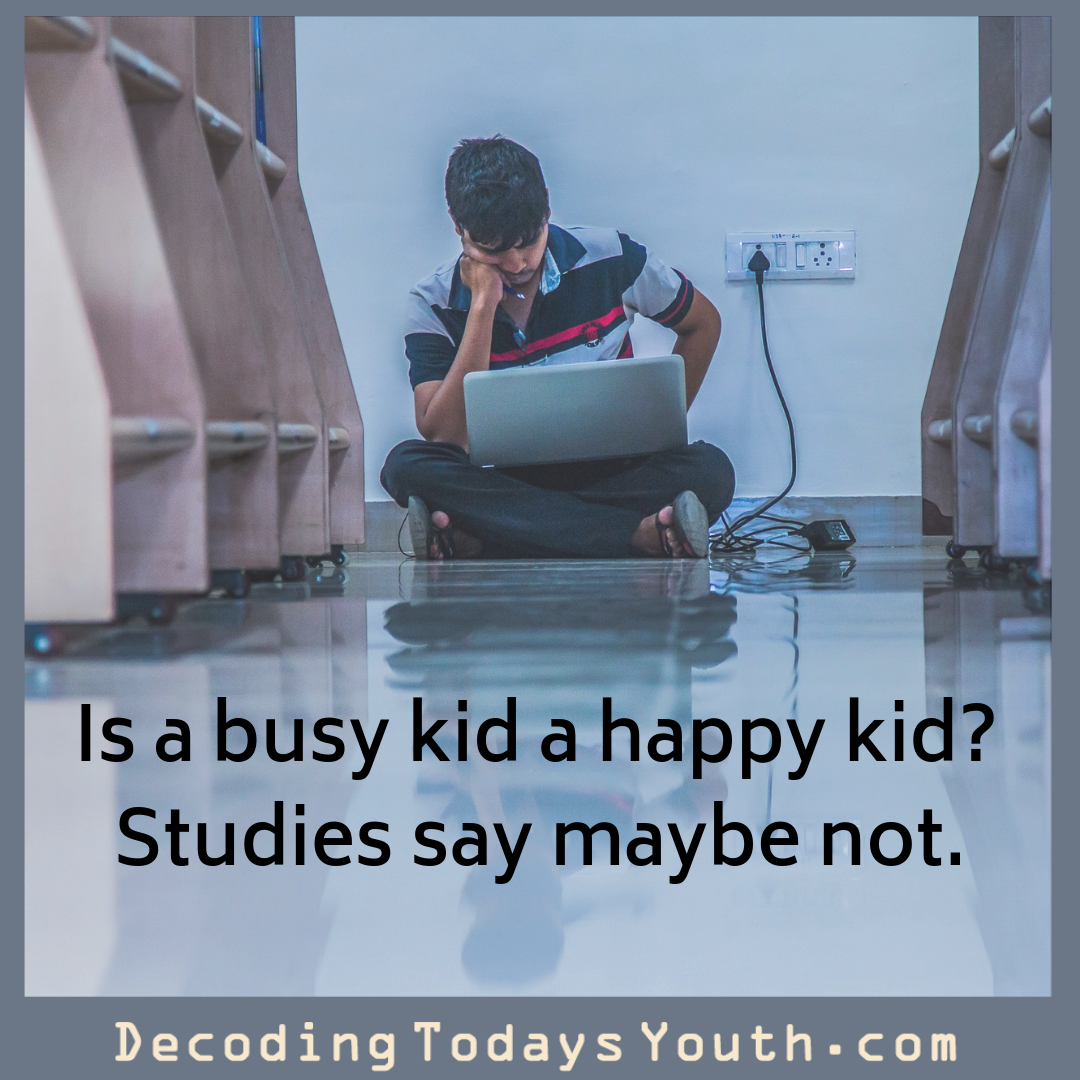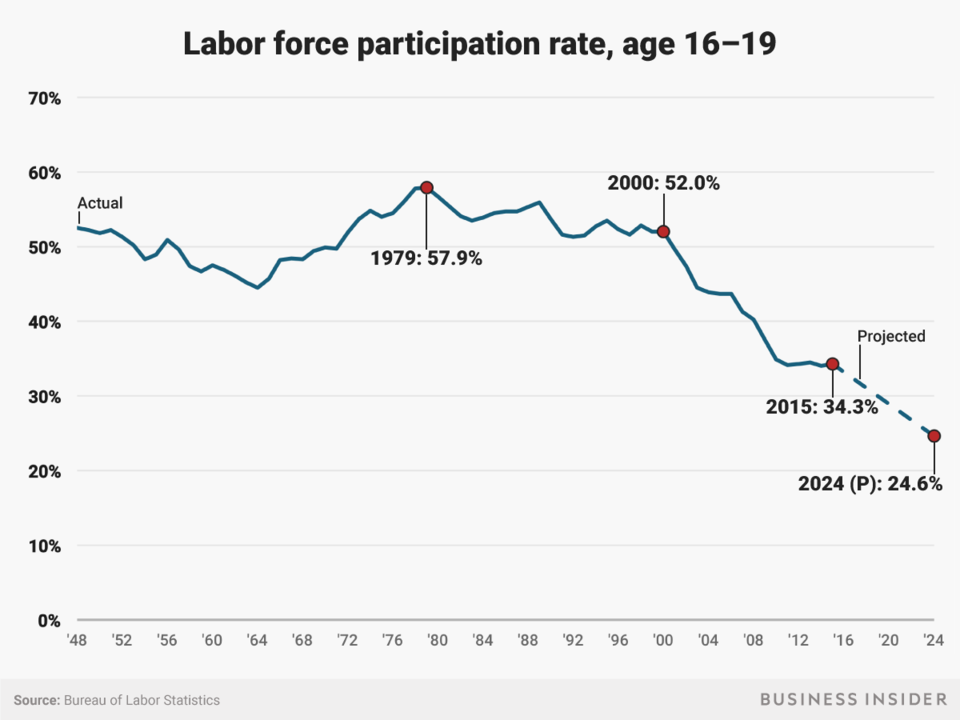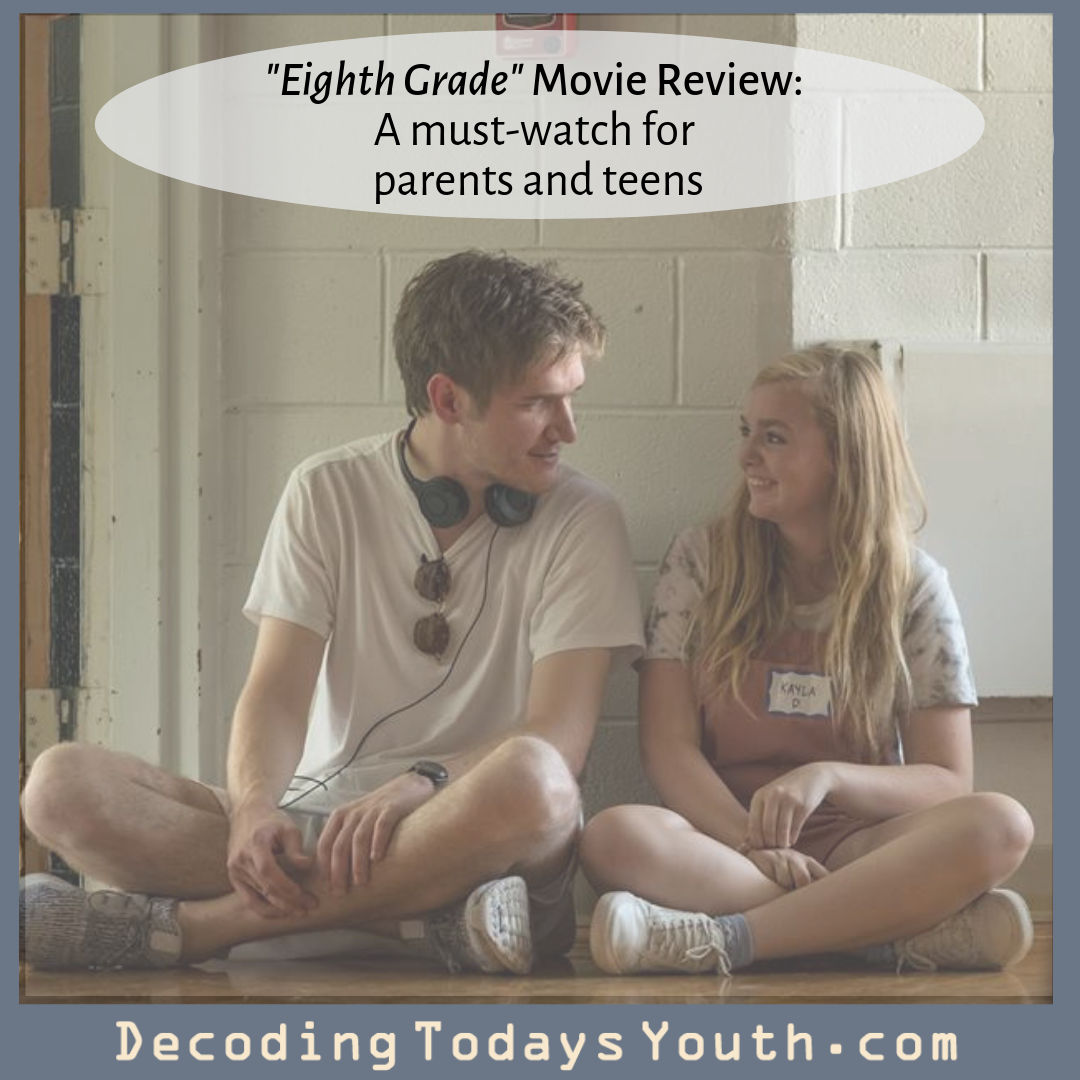
In a world where technology is supposedly making learning “better and better”, is it “better” if every quiz and test is suddenly “easier”?
Welcome to the new world of online test help – the free app Quizlet.
It’s an app initially created to allow students to study items with online flash cards. It now also has a variety of learning tools and games.
But Quizlet is today so much more than a study aid. It’s actually one of the easiest ways to cheat on a quiz ever invented.
But is it popular? Does my kid even know about it? Yes. If not now, then soon. Quizlet itself says more than two-thirds of high school students and one half of undergraduate students use Quizlet.
I first heard about Quizlet my senior year in high school. My accounting teacher told me a fellow classmate of mine had put all of the vocabulary cards on Quizlet. She said I could use it to study if I wanted to. I didn’t. I preferred old fashioned paper back then.
But once I got to college my use of Quizlet changed dramatically. Suddenly it seemed whenever I couldn’t find the answer to just about any general question, from any class, I could find it on Quizlet. From “Intro to Theater” to “Chemistry For Everyone”, Quizlet always had my back.
What is Quizlet?
So, a guy named Andrew Sutherfurland made Quizlet back in 2005. I’m sure he never imagined it would become as big as it is. Quizlet was originally just a site for virtual flashcards. Like the classic paper flashcards, these cards have two sides; one side with a term or a question and the other side with the answer.
After creating the cards, you could just test yourself or play a game like Match and Gravity.
Quizlet recently expanded by introducing Quizlet Diagrams and Quizlet Learn. Quizlet Diagrams is exactly as it sounds; diagrams that help you study. Quizlet Learn is powered by Quizlet’s new learning assistant platform that helps create an individualized study plan for each student. For more information about Quizlet try this Wikipedia link, or the Quizlet website.
How does Quizlet help enable cheating?
After you make a set of cards you make them public. Most students seem to do this. However, most students simply re-type the questions they see in the book or get handed back to them on quizzes or tests.
Because the Quizlet items are public, when a different student types that exact question into a Google search bar, the Quizlet card, or an entire deck of cards, comes up. Click on the link and suddenly you’re on Quizlet with lots of potential cards that match your search phrase. If the page is long, then most student’s know they can simply hit Control+F (on PC) and Command+F (On Mac). It searches for the first word of the question on the page and takes you right to the answer you want, bypassing all the other cards with ease.
Is this a real problem? Institutions of higher education think so. Read this link article about how rampant Quizlet cheating is. Warning: 12 students got suspended from college in this article.
What can you do?
As a parent obviously you want your kid to learn, not cheat. I would suggest monitoring their homework activities. Are they doing their homework with their phone or a computer out? If so, how are they using it?
Also, maybe have a conversation about the value of a true education. Explain that it will eventually catch up to them if they are the kid that didn’t learn the content and other kids did.
And, finally, talk about ethics. There is such a thing as a “slippery slope.” If you become comfortable cheating in this way, won’t it be easier for you to let yourself cheat in a different way, maybe on something more serious?
I wish you good luck parenting. Your kid’s world is not the same world you grew up in.
Some Useful Links
https://en.wikipedia.org/wiki/Quizlet
https://quizlet.com/help/2444083/what-is-quizlet-and-how-can-i-use-it
Also try some of our other social media blogs:

